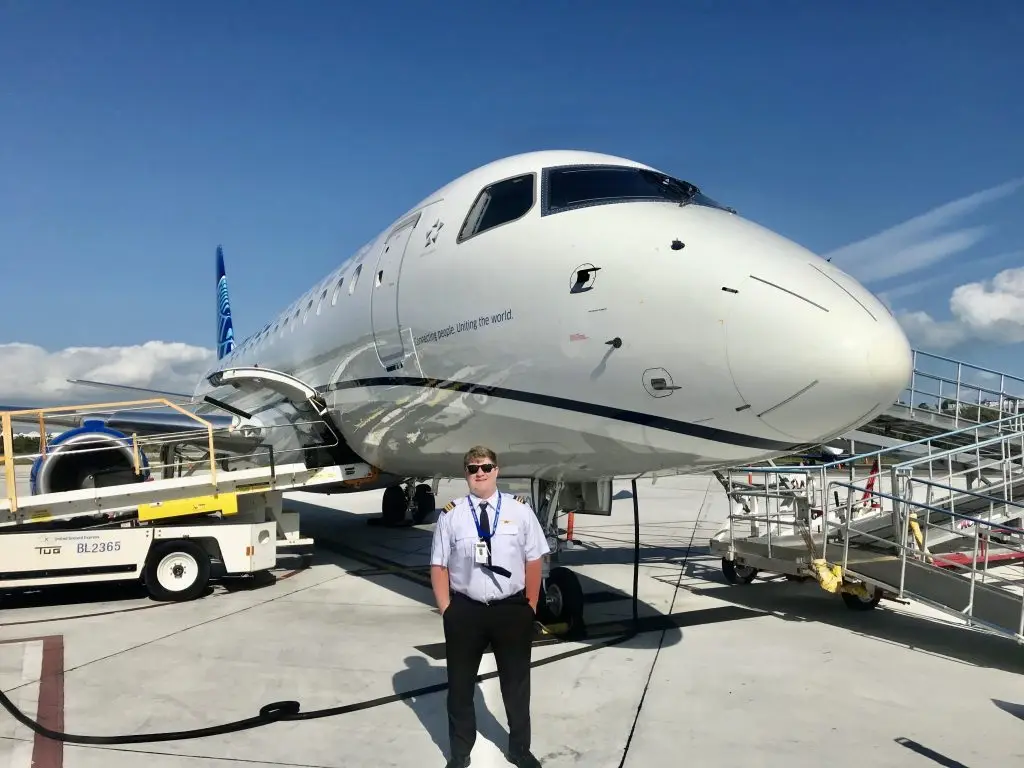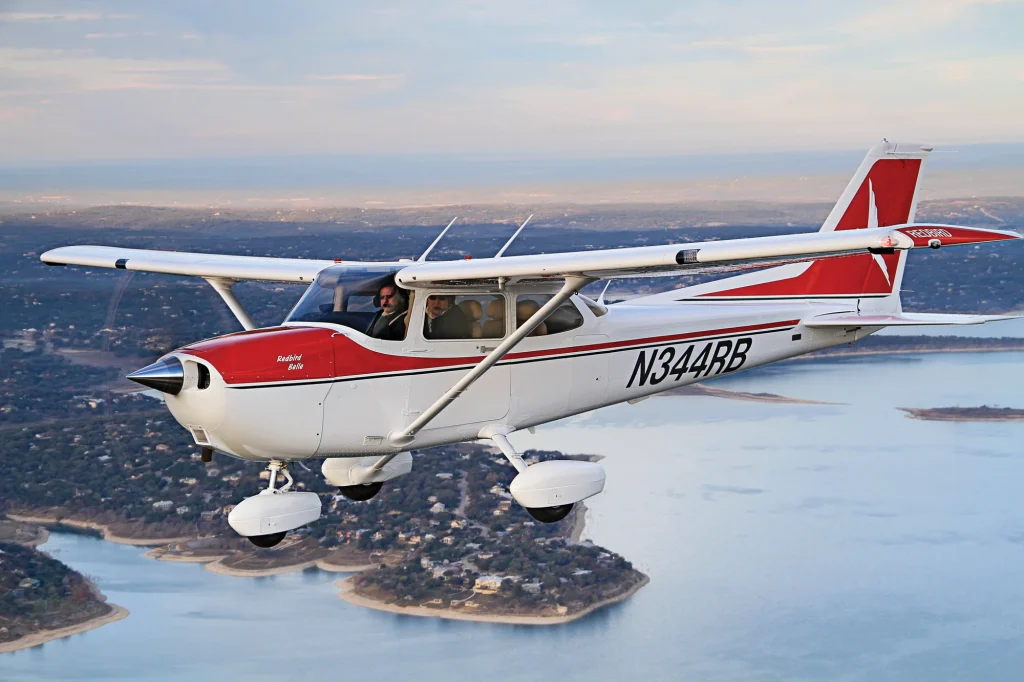
Welcome back to the fifth edition of Clearance To Fly. As a pilot and someone deeply entrenched in the world of aircraft purchasing and financing, I often get asked about refinancing. It’s a topic that can seem complex but understanding when and why to refinance your aircraft can potentially save you significant money in the long run.
Let’s start with the basics: refinancing an aircraft is essentially buying your plane again, but without a seller involved. It’s not just a quick swap of documents for a new interest rate. There are costs associated with refinancing, so it’s crucial to evaluate whether the potential savings outweigh these expenses.
So, when does refinancing make sense? Generally, it’s worth considering if interest rates have dropped one percent since you originally financed your aircraft. However, it’s important to note that aircraft financing rates don’t always move in lockstep with broader market trends. They tend to be “sticky on the downside,” meaning they don’t fall as quickly as other types of loans might when the Federal Reserve lowers rates. Banks evaluate their cost of funds and make decisions based on market trends, and not just the Federal Reserve.
That said, if rates have fallen by a full percentage point or more since you took out your original loan, it might be time to explore refinancing options. At this level, you’re more likely to see a meaningful impact on your monthly payments, potentially allowing you to recoup any closing costs in a reasonable timeframe. You can even refinance your aircraft to help pay for avionic upgrades, and engine overhauls.
But interest rates aren’t the only factor to consider. Refinancing can also make sense if you need to change your ownership structure. For example, if you’re transitioning from individual ownership to an LLC, or if a partner wants to exit the arrangement, refinancing may be necessary to align the loan with the new ownership situation. Another reason for a refinance due to structure is if you want to start using your airplane on a leaseback arrangement with a flight school.
Now, let’s talk about the refinancing process itself. It’s important to understand that it’s not just about getting a new interest rate. Lenders will require an updated application and financial package, like what you provided when you first purchased the aircraft. You’ll need to go through loan documentation again, which often involves using an escrow service. Be prepared that the process can take 2-4 weeks depending on the complexity of the transaction. Reach out to me if you want to know what documents will be requested so you can be prepared.
One critical point to remember is that your aircraft must be airworthy for a refinance. Yep, it needs to be in annual, ideally full logbooks, and no airworthy maintenance issues present. Lenders will require a current valuation of the aircraft – typically within the last 30 days. They’ll also look closely at the loan-to-value ratio (LTV). For personal use aircraft, most banks require an 80-85% LTV, while charter or flight school use aircraft often need a 70-75% LTV. Think of LTV as an “advance rate.” The bank is willing to fund 70-85% of the aircraft value to you, in return for monthly payments from you.
If you’ve only had your loan for a short time – say, less than a year – refinancing might not make sense unless you made a substantial down payment initially. This is because you likely haven’t built up enough equity in the aircraft yet to meet the LTV requirements. If you bought the airplane for a steal of a deal, then we might not even need 6 months to look at a refinance. It all depends on the value of the aircraft, and what your remaining loan balance is.
As of now, refinance rates typically range from 6% to 9%, depending on factors like aircraft price, usage, and type. Remember, though, that rates are always subject to change based on market conditions and individual circumstances.
Refinancing can be a powerful tool for aircraft owners, potentially leading to lower monthly payments, reduced interest costs over the life of the loan, or access to cash for other purposes. However, it’s not a one-size-fits-all solution. The key is to carefully evaluate your individual circumstances, consider the costs involved, and make an informed decision based on your long-term financial goals.
If you’re considering a refinance, it’s worth reaching out to FLYING Finance. We specialize in aircraft financing and can help you navigate the complexities of the refinancing process. Our team can provide up-to-date information on current rates and help you understand whether refinancing makes sense for your specific situation.
That’s all for this edition of “Clearance to Fly.” Until next time, keep your eyes on the skies and your mind on safety. Happy flying!
P.S. Got questions about aircraft financing or the purchasing process? Drop us a line at FLYING Finance. We’re always happy to chat about planes and how to get you into the cockpit of your dreams! 423-558-2024
If you find this newsletter helpful, send it to your friends. After all, it is free and they can sign up HERE!

Keller Laseter, Chief Commercial Officer, FLYING Finance
Bringing over 10 years of aviation experience and multiple years in finance, Keller Laseter combines both of those skills to be FLYING Finance’s CCO. His leading knowledge in all categories and classes of fixed wing aircraft helps guide you through the finance process with ease and will leave you knowing you’re in great hands. Keller holds type ratings in the Beechjet 400A/XP/NXT, Embraer E-175 and has many hours in King Airs, along with other high-performance aircraft. Throughout his career, he’s had the opportunity to enjoy the world of aviation and many different operations. As an ATP, CFI, and CFII, aviation is in his blood.


